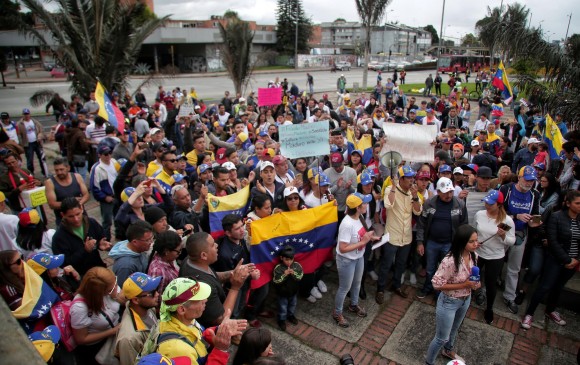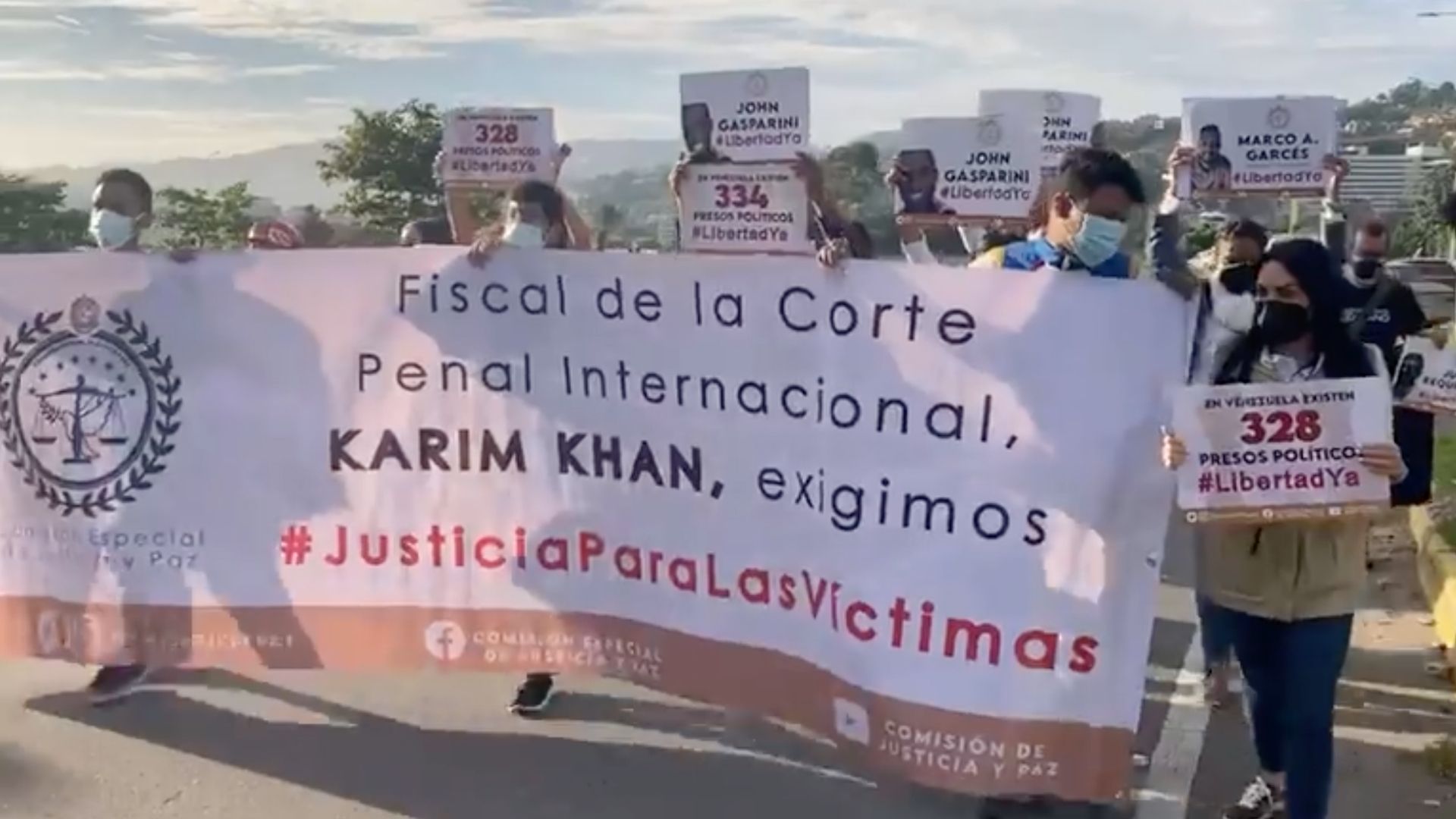Recent incursions by the ELN to set up illegal mining facilities along the Caura River in central Venezuela are being seen as a threat by local Indigenous communities.
In mid-July, opposition lawmaker Américo de Grazia wrote on Twitter that a group of 60 men belonging to Colombia’s National Liberation Army (Ejército de Liberación Nacional — ELN) had moved into in the municipality of Maripa in Bolívar state, allegedly to “protect” mining operations there.
Since May, Indigenous communities in Maripa have been warning that an increase in gold mining along the Caura River was worsening an irreversible “ecological and social crisis,” according to Kapé Kapé, a non-governmental organization helping Indigenous communities in Venezuela. Other reports have stated that ex-FARC Mafia groups, who refused to demobilize during the 2016 peace process with the Revolutionary Armed Forces of Colombia (Fuerzas Armadas Revolucionarias de Colombia — FARC), are also operating in the area.
In early May, irregular armed groups assassinated at least two, and possibly as many as 13 people, from the Yekuana Indigenous group, which had been protesting the installation of new mining rafts on the Caura River. Américo de Grazia blamed the killings on the ELN, which had allegedly been tasked with guarding the new installations.
This violence has accompanied a May decree by the Venezuelan government that opened up mining along the Caura, Cuchivero, Aro, Yuruari, Cuyuní and Caroní rivers. However, according to local communities, this exploitation has seen illegal groups, such as the ELN, move in to offer protection to the new mining installations.
As part of its expansion into Venezuela, the ELN has set up a presence in the country’s main mining areas, including Bolívar. In October 2018, the ELN was reportedly responsible for the massacre of seven miners in Sifontes, Bolívar, near the Venezuela-Guyana border.
InSight Crime Analysis
Attempts to control mining operations along the Caura River and its surrounding areas appear to be organized jointly by the ELN and elements within the Venezuelan government.
While InSight Crime has not confirmed the ELN’s role in the Yekuana killings in May, the guerrillas are known to be cooperating with state actors in illegal mining operations in other parts of Bolívar and have been implicated in several massacres related to control of mineral deposits.
The mining sector, especially gold, has become a financial lifeline for the Venezuelan government. Since 2016, President Nicolás Maduro has made a series of attempts to increase his control over this lucrative economy, especially in the Orinoco Mining Belt, which includes the Caura River.
An important part of this strategy has reportedly been to let the ELN assume control of much of these operations, driving out other armed groups and ensuring miners pay a portion of their revenue.
“The Maduro government wants to clean up Bolívar’s mining areas with the help of the ELN. It knows that the best way to ensure control of that region without getting its hands dirty is through a clandestine collaboration with this guerrilla group,” Américo de Grazia told InSight Crime.
And Indigenous communities are paying the price. The Yek’wana, Sanemá and Hoti Indigenous communities who live along the Caura River basin have been suffering from violence and environmental destruction brought about by mining for years.
“Indigenous peoples are caught in an economic trap from which they cannot escape. The pressure exerted by both state actors and organized criminal groups and the scarce job opportunities has led them to work in these mines and renounce their ancestral traditions,” Olnar Ortiz, a Venezuelan lawyer and defender of Indigenous rights, told InSight Crime.
In a July 15 report, the United Nations High Commissioner for Human Rights explained that the expansion of illegal mining activity in the Orinoco Mining Belt “affects the enjoyment of the individual and collective rights of Indigenous people, due to the destruction of their habitat and the lack of control over their traditional territories and natural resources.”





